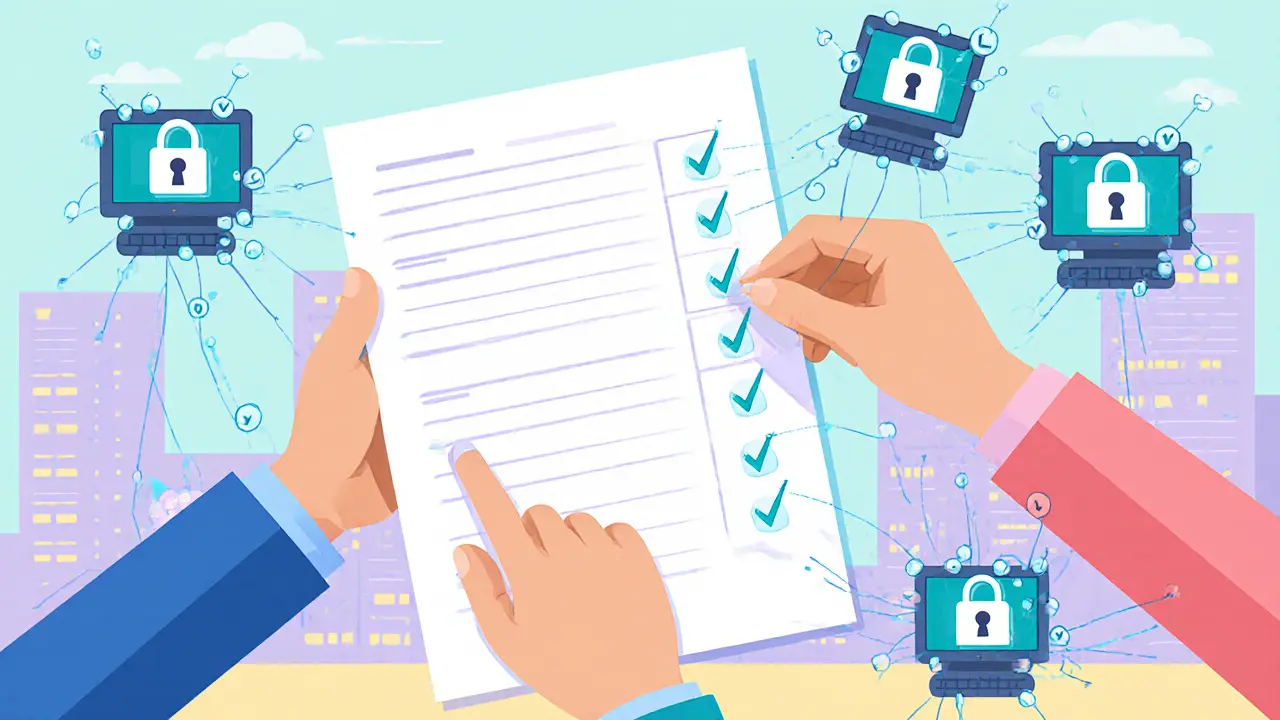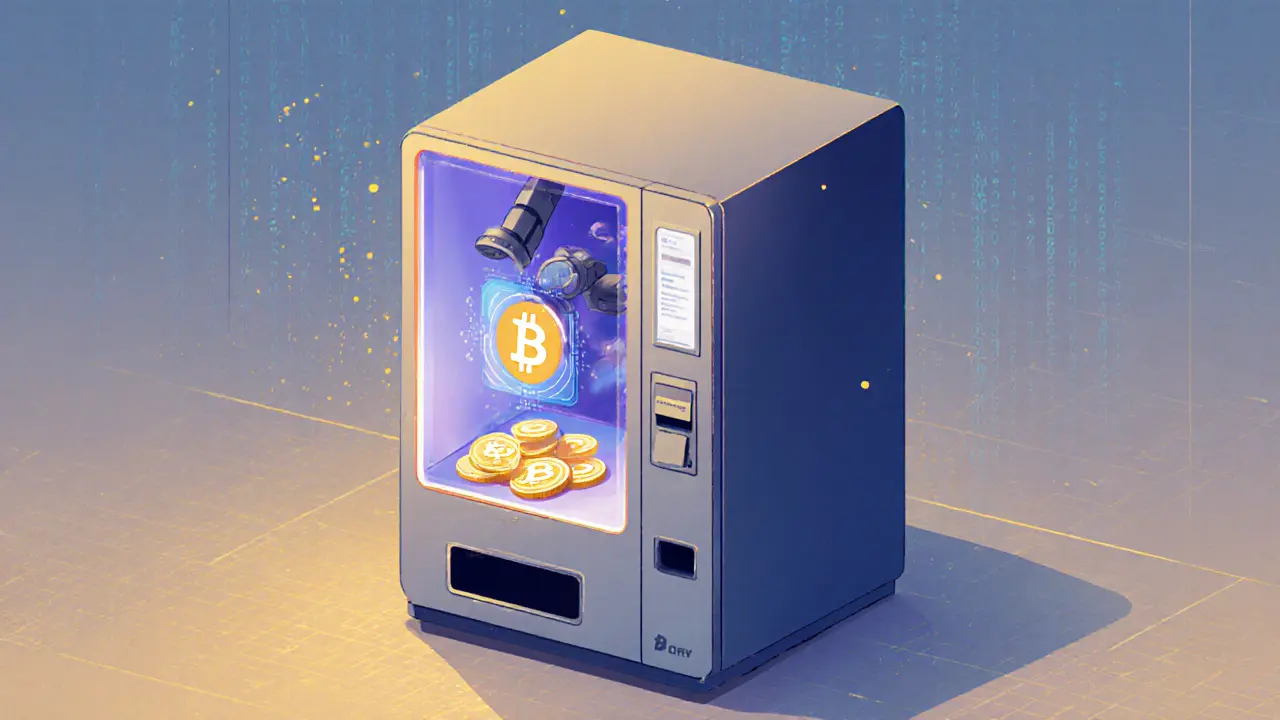When working with blockchain, a distributed ledger that records transactions in immutable blocks. Also known as distributed ledger technology, it powers everything from cryptocurrencies to supply‑chain tracking. Smart contracts, self‑executing code that runs when predefined conditions are met sit on top of this ledger, turning simple value transfers into programmable agreements. Tokenization, the process of representing real‑world assets as digital tokens on a blockchain extends the technology into finance, real estate, and even art. Finally, validator networks, groups of nodes that secure proof‑of‑stake chains by confirming blocks keep the system honest and efficient. In short, blockchain encompasses smart contracts, enables tokenization, and relies on validator networks for consensus.
Understanding blockchain means seeing how its parts fit together. The ledger’s block time determines transaction speed, which directly impacts how quickly a smart contract can fire (block time ↔ transaction speed). Validator networks shape that speed by choosing how often blocks are produced; faster networks like those using Layer‑2 solutions reduce latency while maintaining security. Interoperability protocols—such as IBC, LayerZero, or CCIP—bridge separate blockchains, allowing tokens and contracts to move freely across ecosystems. This means a tokenized real‑estate share created on one chain can be traded on another without a middleman. Those cross‑chain bridges rely on validator networks to verify proofs from each side, illustrating the triple relationship: blockchain enables tokenization, tokenization benefits from interoperability, and interoperability depends on validator networks.
Why does this matter for you right now? Our article collection covers the full spectrum: from deep dives into DeFi platforms like Firebird Finance and ThunderSwap, to practical guides on yield farming, airdrop claiming, and fee‑estimation tools. We also unpack regulatory angles in India, Australia, and the UAE, showing how blockchain banking services and smart‑contract‑based real‑estate deals are reshaping industries. Whether you’re hunting the next airdrop, figuring out how a validator stake rewards you, or exploring how token vesting safeguards token value, the pieces all tie back to the core blockchain framework described above. Below you’ll find a curated list that walks you through each of these angles, giving you actionable insight and the confidence to navigate the rapidly evolving decentralized world.

Decentralized applications (dApps) are apps that run on blockchains instead of central servers. They offer transparency, user control, and censorship resistance - no company can shut them down. Used in DeFi, NFTs, and social media, they're key to Web3.

DLT is not blockchain - it's the broader technology behind secure, decentralized data sharing. Learn how distributed ledgers work without crypto, tokens, or chains, and how real organizations use them today.

Learn how smart contracts work on blockchain, their benefits, key platforms, real‑world uses, risks, and how to deploy your first contract.